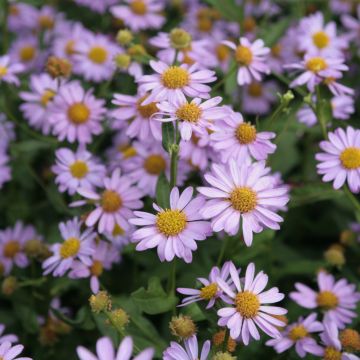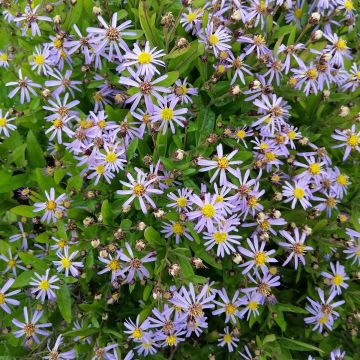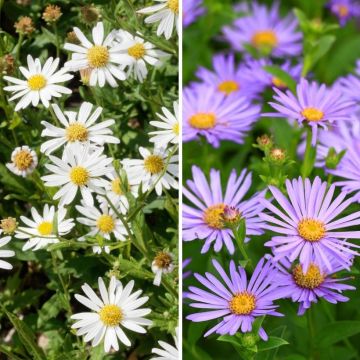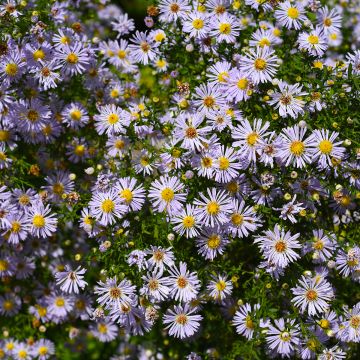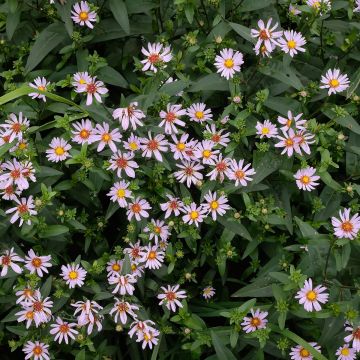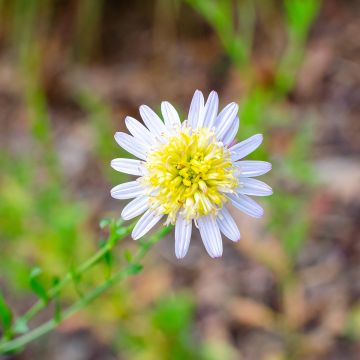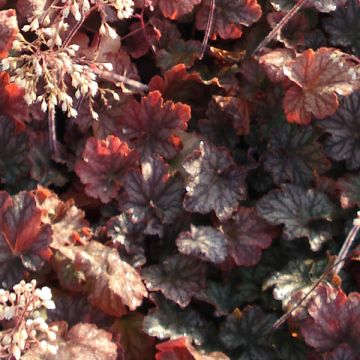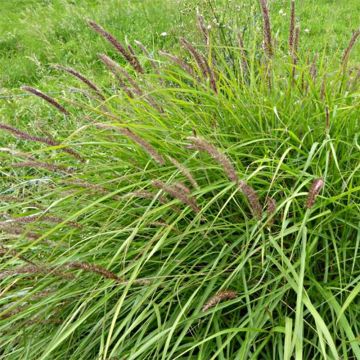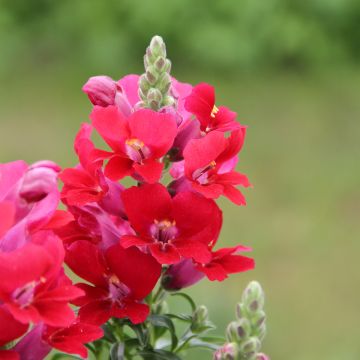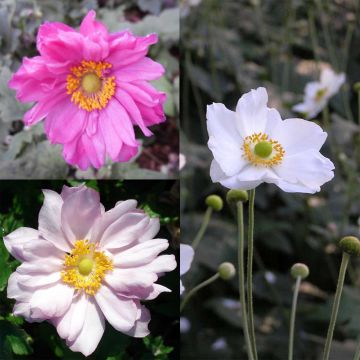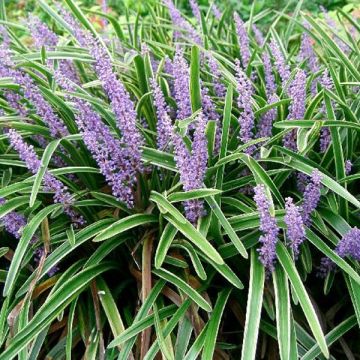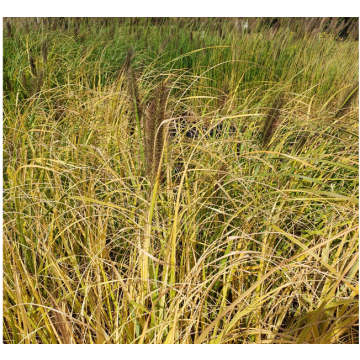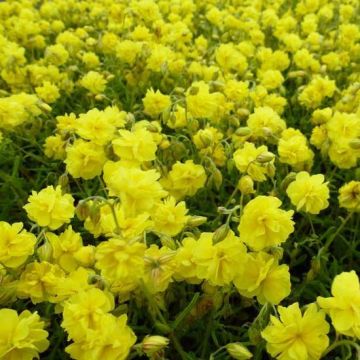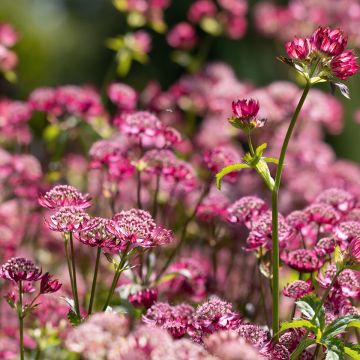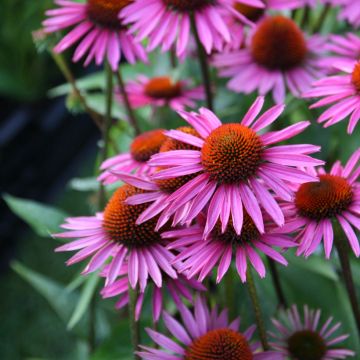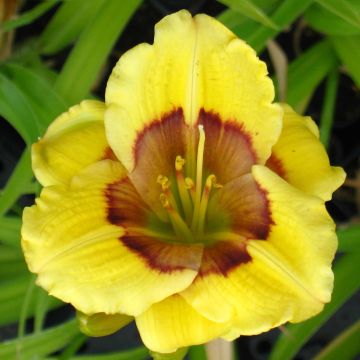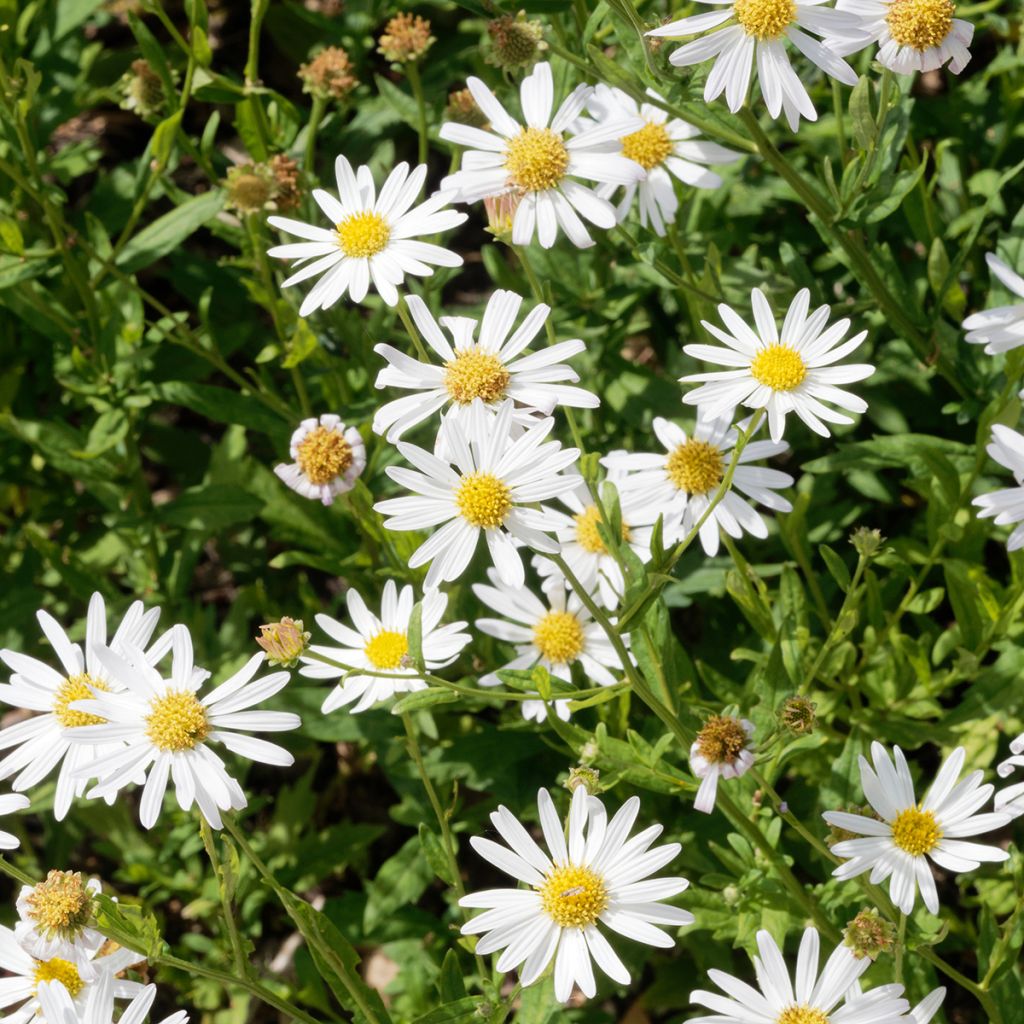

Kalimeris incisa Alba
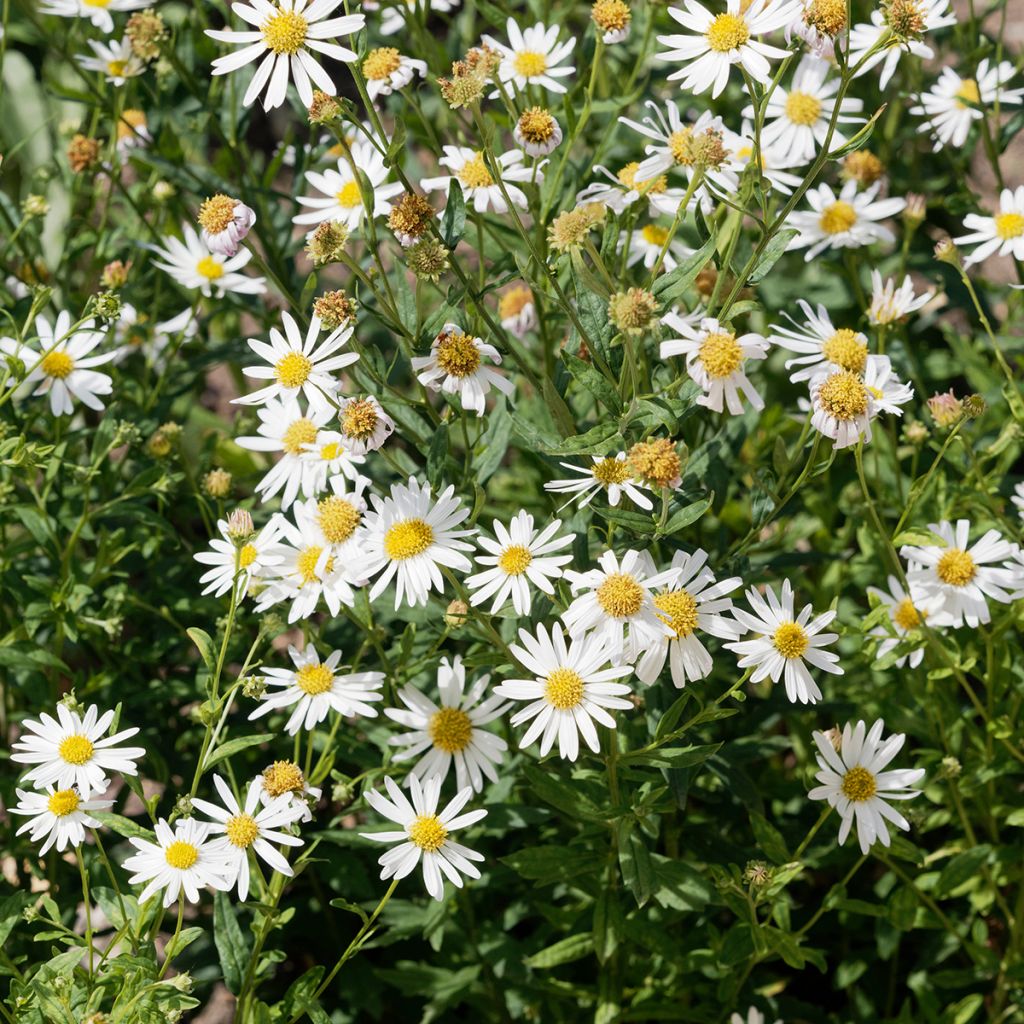

Kalimeris incisa Alba
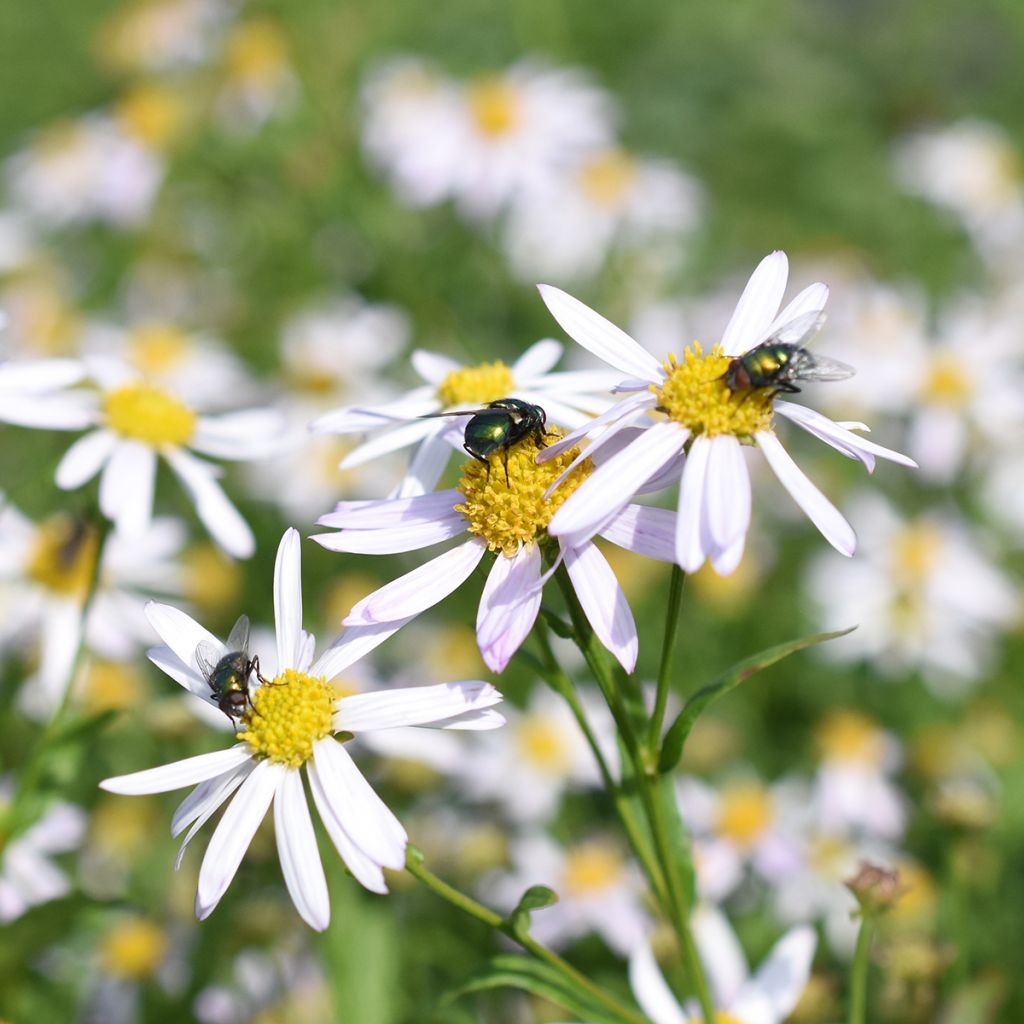

Kalimeris incisa Alba
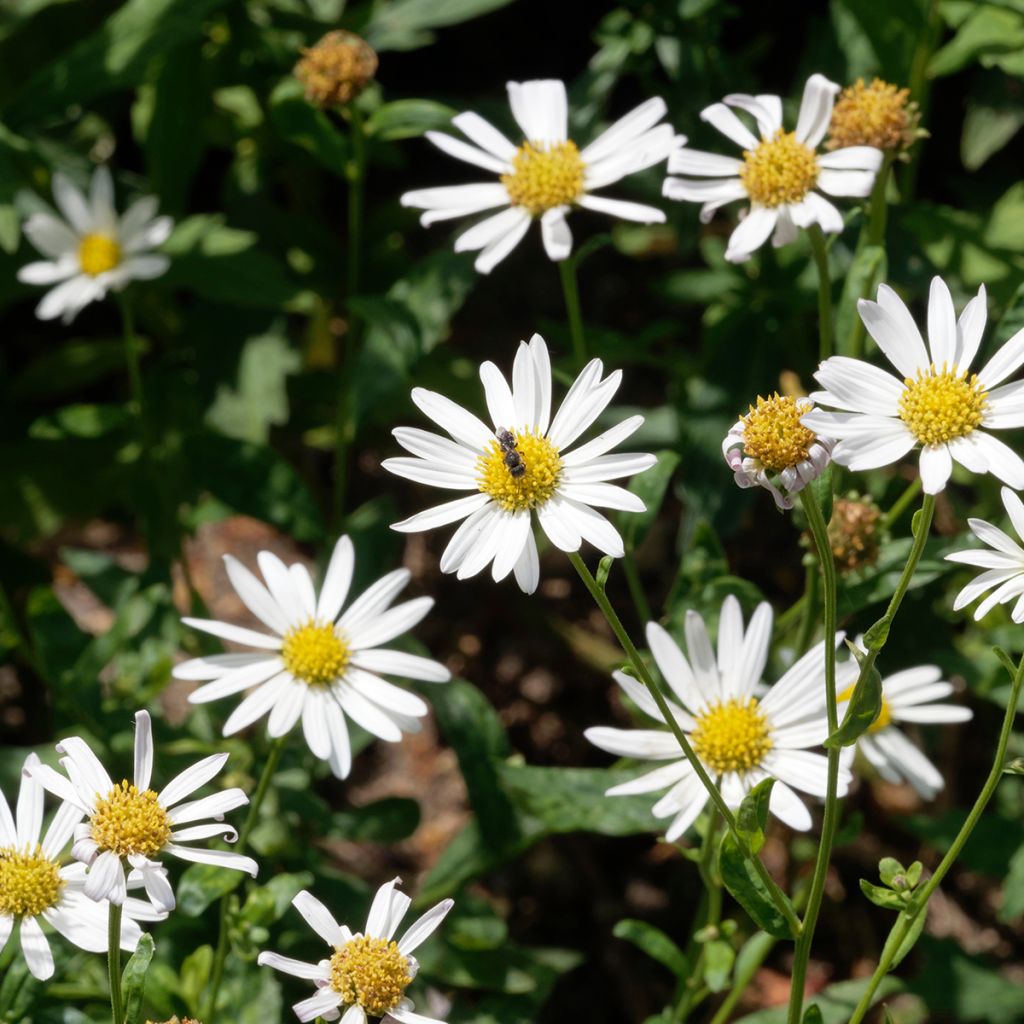

Kalimeris incisa Alba
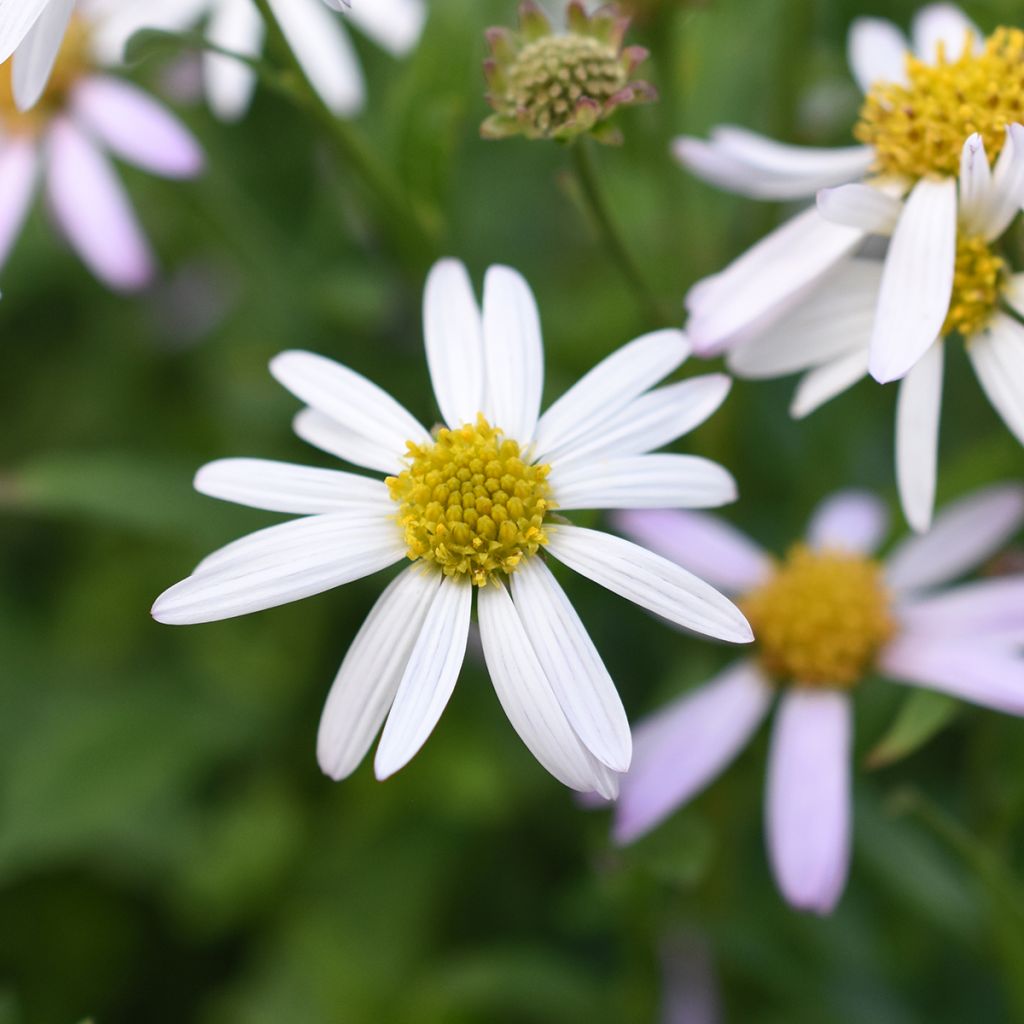

Kalimeris incisa Alba
Kalimeris incisa Alba
Kalimeris incisa Alba
Cutleaf, Japanese Aster, Cut-leaf Japanese Aster
Very pretty. An easy, low-maintenance plant that flowers for a long time in the sun. I've paired them with a rose, campanulate flowers, and geraniums...
Laurence , 18/10/2024
This item cannot be shipped to the selected country
Delivery charge from €5.90
More information
Schedule delivery date,
and select date in basket
This plant carries a 12 months recovery warranty
More information
We guarantee the quality of our plants for a full growing cycle, and will replace at our expense any plant that fails to recover under normal climatic and planting conditions.
From €5.90 for pickup delivery and €6.90 for home delivery
Express home delivery from €8.90.
Does this plant fit my garden?
Set up your Plantfit profile →
Description
Kalimeris incisa 'Alba' is the white-flowered form of a perennial closely related to the aster. It is easy to grow and quite charming. Its countless small flowers, resembling daisies, bloom from early summer until September, above light green foliage that is highly "incised". The natural charm of this flowering is enhanced by a constant flight of multicoloured butterflies. This kalimeris is very tolerant and can grow in most soils as long as they are not too poor, heavy, or dry in summer. Plant it along the edge of a sunny flower bed for a natural and spontaneous atmosphere.
Kalimeris incisa is an herbaceous plant from the Asteraceae family. It is native to northeastern Asia, from Siberia to China, Korea, and Japan. In the wild, it can be found in meadows in lowlands. The flowers of this species are usually a light blue-mauve with a yellow centre. The 'Alba' variety only differs in the white colour of its flowers. It is a perennial with a bushy and upright habit, reaching about 50 to 55cm (20 to 22in) in height and spreading as wide. Its erect stems bear oblong, dentate, and tender green leaves. Small but numerous, they cover the clump to form a verdant backdrop that welcomes an abundance of flowers from June onwards. These flowers are similar to those of asters, with small daisy-like florets measuring 2 to 3cm (1in) in diameter. They have a prominent yellow centre and a row of delicate and long white florets. They bloom from early summer until September, provided that faded flowers are regularly removed and the plant is not lacking water. The above-ground vegetation is deciduous, emerging from the ground in spring and drying up in late autumn.
Kalimeris incisa 'Alba' is a robust and hardy perennial (it easily withstands temperatures below -15°C (5°F)) that requires little monitoring. It enjoys full sun but can tolerate partial shade. It can be placed along the edge of flower beds in a ribbon-like fashion, thus highlighting the silhouette of tall summer perennials such as lavateras and dame's rocket. For a wild effect, combine it with yarrows, sneezeweeds, and field scabious at the base of Rose 'Ballerina' or Buddleia 'Lochinch'.
Report an error about the product description
Kalimeris incisa Alba in pictures
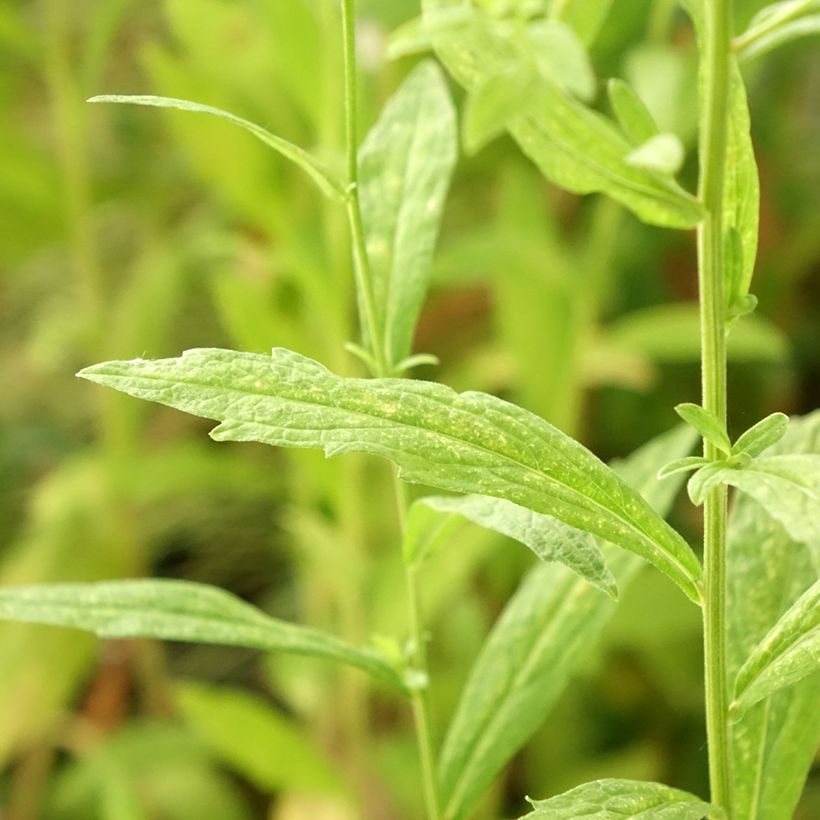

Flowering
Foliage
Plant habit
Botanical data
Kalimeris
incisa
Alba
Asteraceae
Cutleaf, Japanese Aster, Cut-leaf Japanese Aster
Cultivar or hybrid
Other Kalimeris
Planting and care
Easy to grow, Kalimeris incisa 'Alba' is a tolerant plant. It prefers the sun but can tolerate partial shade. This plant adapts to ordinary, rather rich, well-drained soil that does not dry out too much in summer. It can withstand temperatures as low as -15°C (5°F) and is therefore suitable for many climates. By removing faded flowers as they appear, you will encourage the growth of new ones.
Planting period
Intended location
Care
-
, onOrder confirmed
Reply from on Promesse de fleurs
Summer flowering perennials
Haven't found what you were looking for?
Hardiness is the lowest winter temperature a plant can endure without suffering serious damage or even dying. However, hardiness is affected by location (a sheltered area, such as a patio), protection (winter cover) and soil type (hardiness is improved by well-drained soil).

Photo Sharing Terms & Conditions
In order to encourage gardeners to interact and share their experiences, Promesse de fleurs offers various media enabling content to be uploaded onto its Site - in particular via the ‘Photo sharing’ module.
The User agrees to refrain from:
- Posting any content that is illegal, prejudicial, insulting, racist, inciteful to hatred, revisionist, contrary to public decency, that infringes on privacy or on the privacy rights of third parties, in particular the publicity rights of persons and goods, intellectual property rights, or the right to privacy.
- Submitting content on behalf of a third party;
- Impersonate the identity of a third party and/or publish any personal information about a third party;
In general, the User undertakes to refrain from any unethical behaviour.
All Content (in particular text, comments, files, images, photos, videos, creative works, etc.), which may be subject to property or intellectual property rights, image or other private rights, shall remain the property of the User, subject to the limited rights granted by the terms of the licence granted by Promesse de fleurs as stated below. Users are at liberty to publish or not to publish such Content on the Site, notably via the ‘Photo Sharing’ facility, and accept that this Content shall be made public and freely accessible, notably on the Internet.
Users further acknowledge, undertake to have ,and guarantee that they hold all necessary rights and permissions to publish such material on the Site, in particular with regard to the legislation in force pertaining to any privacy, property, intellectual property, image, or contractual rights, or rights of any other nature. By publishing such Content on the Site, Users acknowledge accepting full liability as publishers of the Content within the meaning of the law, and grant Promesse de fleurs, free of charge, an inclusive, worldwide licence for the said Content for the entire duration of its publication, including all reproduction, representation, up/downloading, displaying, performing, transmission, and storage rights.
Users also grant permission for their name to be linked to the Content and accept that this link may not always be made available.
By engaging in posting material, Users consent to their Content becoming automatically accessible on the Internet, in particular on other sites and/or blogs and/or web pages of the Promesse de fleurs site, including in particular social pages and the Promesse de fleurs catalogue.
Users may secure the removal of entrusted content free of charge by issuing a simple request via our contact form.
The flowering period indicated on our website applies to countries and regions located in USDA zone 8 (France, the United Kingdom, Ireland, the Netherlands, etc.)
It will vary according to where you live:
- In zones 9 to 10 (Italy, Spain, Greece, etc.), flowering will occur about 2 to 4 weeks earlier.
- In zones 6 to 7 (Germany, Poland, Slovenia, and lower mountainous regions), flowering will be delayed by 2 to 3 weeks.
- In zone 5 (Central Europe, Scandinavia), blooming will be delayed by 3 to 5 weeks.
In temperate climates, pruning of spring-flowering shrubs (forsythia, spireas, etc.) should be done just after flowering.
Pruning of summer-flowering shrubs (Indian Lilac, Perovskia, etc.) can be done in winter or spring.
In cold regions as well as with frost-sensitive plants, avoid pruning too early when severe frosts may still occur.
The planting period indicated on our website applies to countries and regions located in USDA zone 8 (France, United Kingdom, Ireland, Netherlands).
It will vary according to where you live:
- In Mediterranean zones (Marseille, Madrid, Milan, etc.), autumn and winter are the best planting periods.
- In continental zones (Strasbourg, Munich, Vienna, etc.), delay planting by 2 to 3 weeks in spring and bring it forward by 2 to 4 weeks in autumn.
- In mountainous regions (the Alps, Pyrenees, Carpathians, etc.), it is best to plant in late spring (May-June) or late summer (August-September).
The harvesting period indicated on our website applies to countries and regions in USDA zone 8 (France, England, Ireland, the Netherlands).
In colder areas (Scandinavia, Poland, Austria...) fruit and vegetable harvests are likely to be delayed by 3-4 weeks.
In warmer areas (Italy, Spain, Greece, etc.), harvesting will probably take place earlier, depending on weather conditions.
The sowing periods indicated on our website apply to countries and regions within USDA Zone 8 (France, UK, Ireland, Netherlands).
In colder areas (Scandinavia, Poland, Austria...), delay any outdoor sowing by 3-4 weeks, or sow under glass.
In warmer climes (Italy, Spain, Greece, etc.), bring outdoor sowing forward by a few weeks.

































